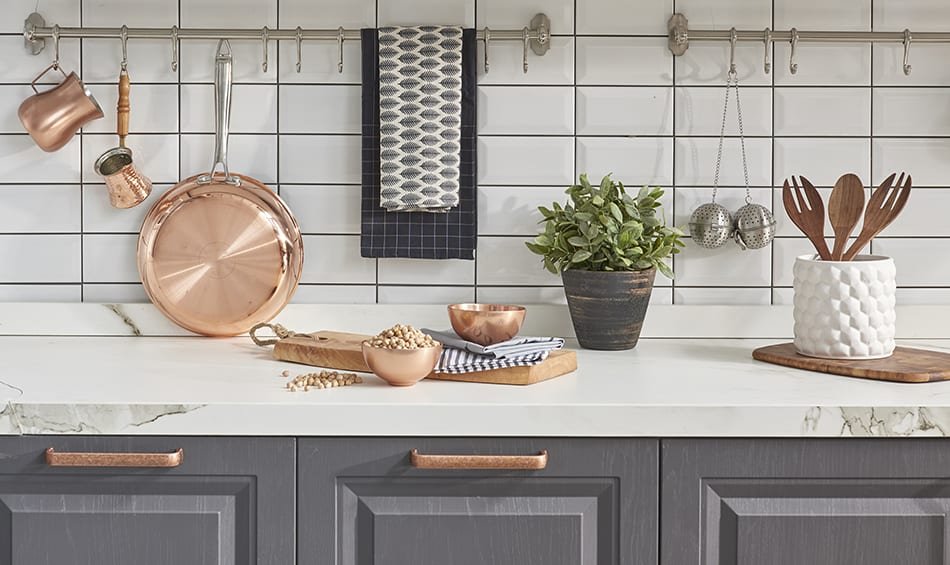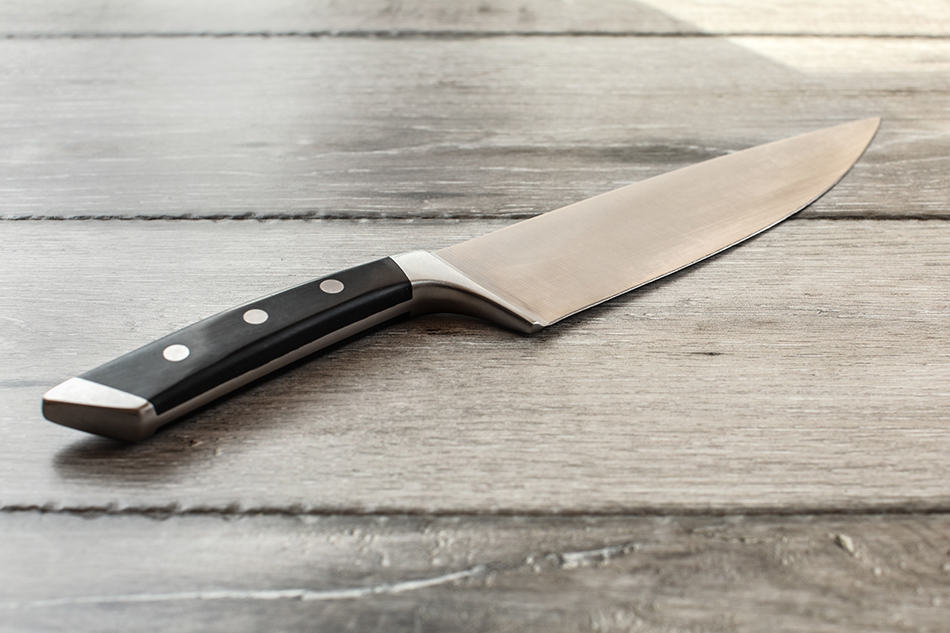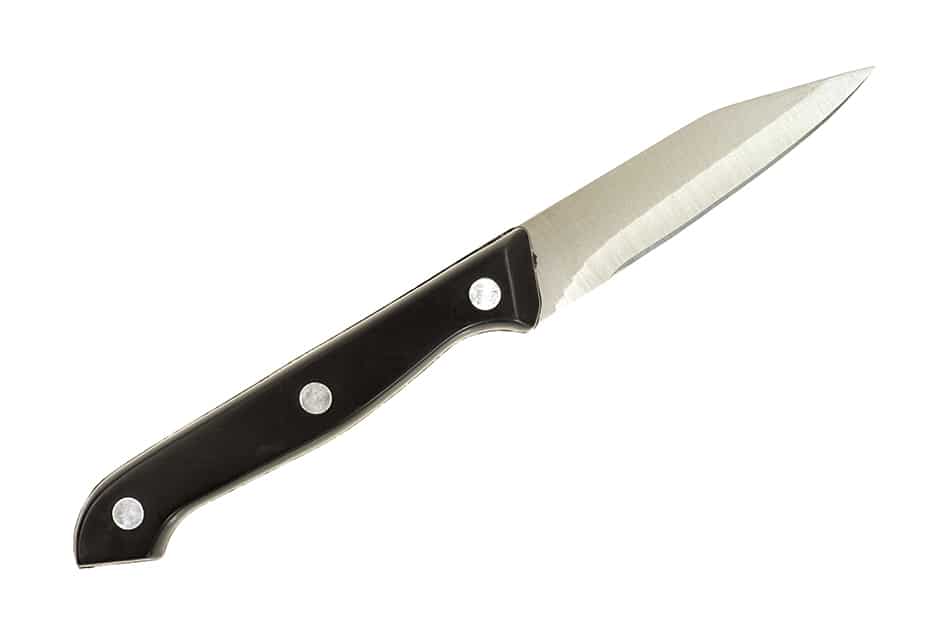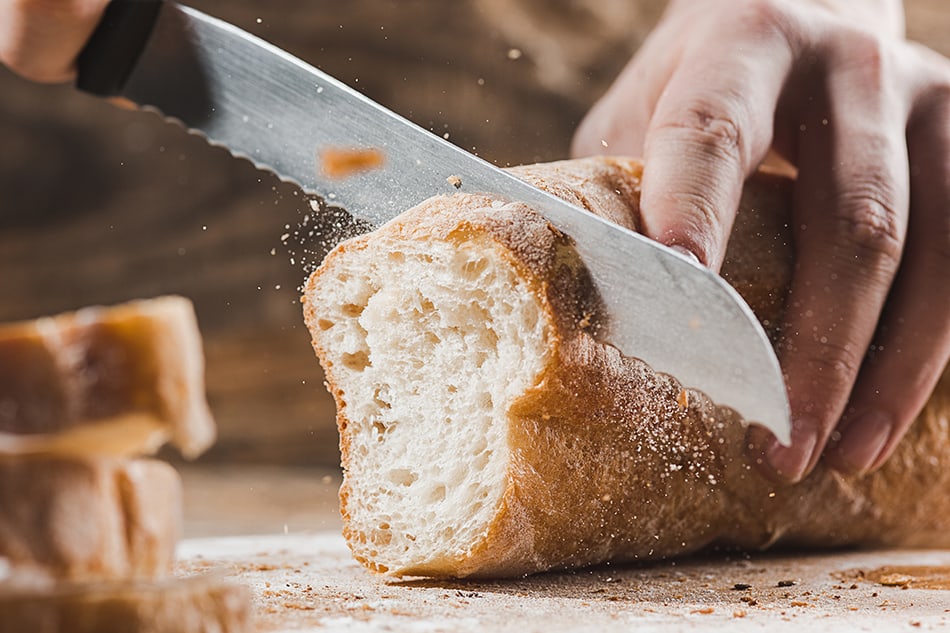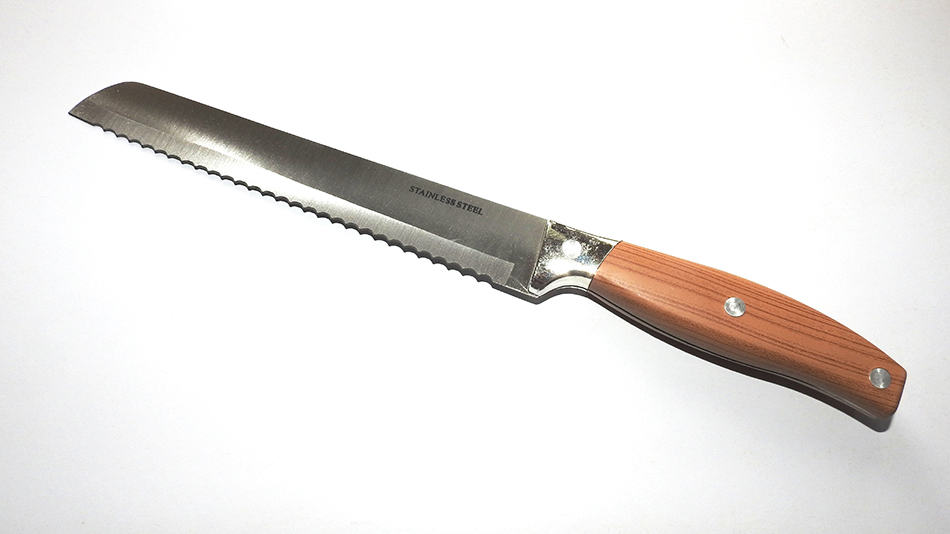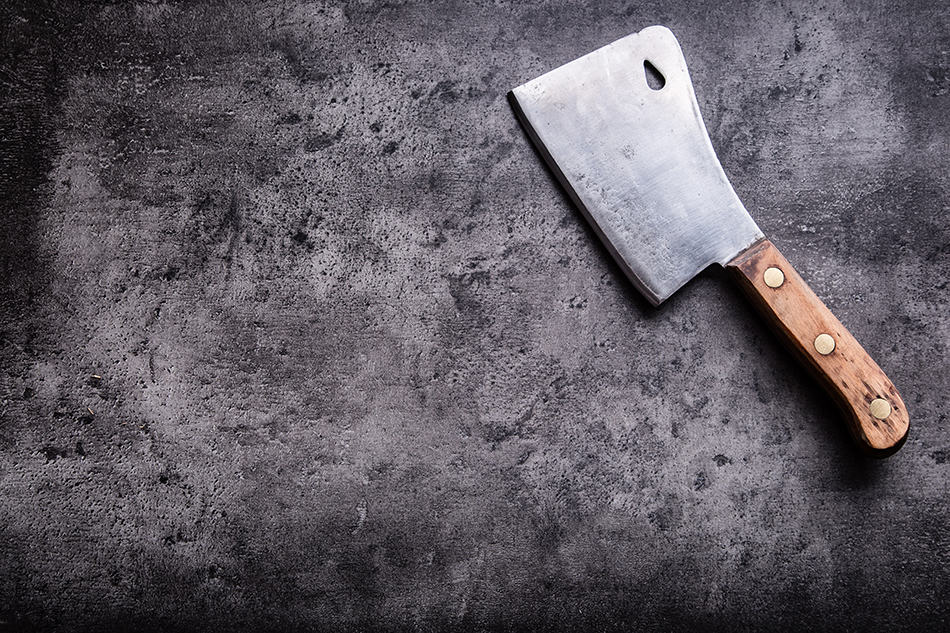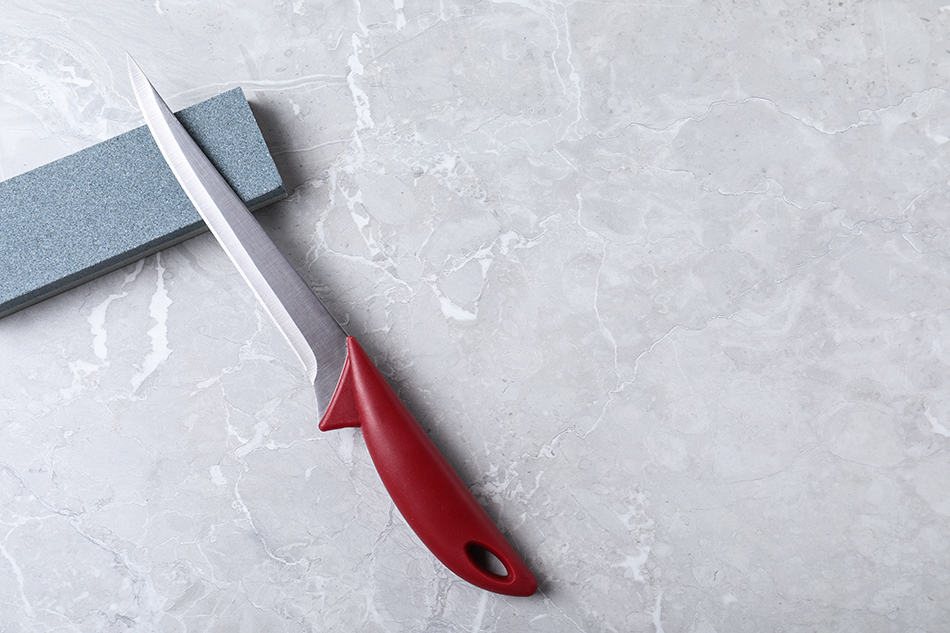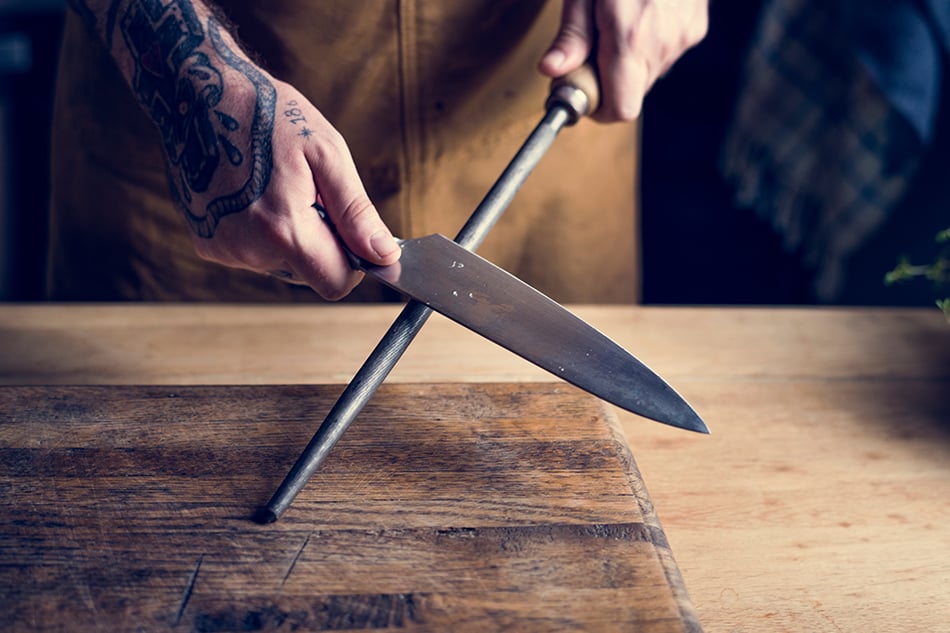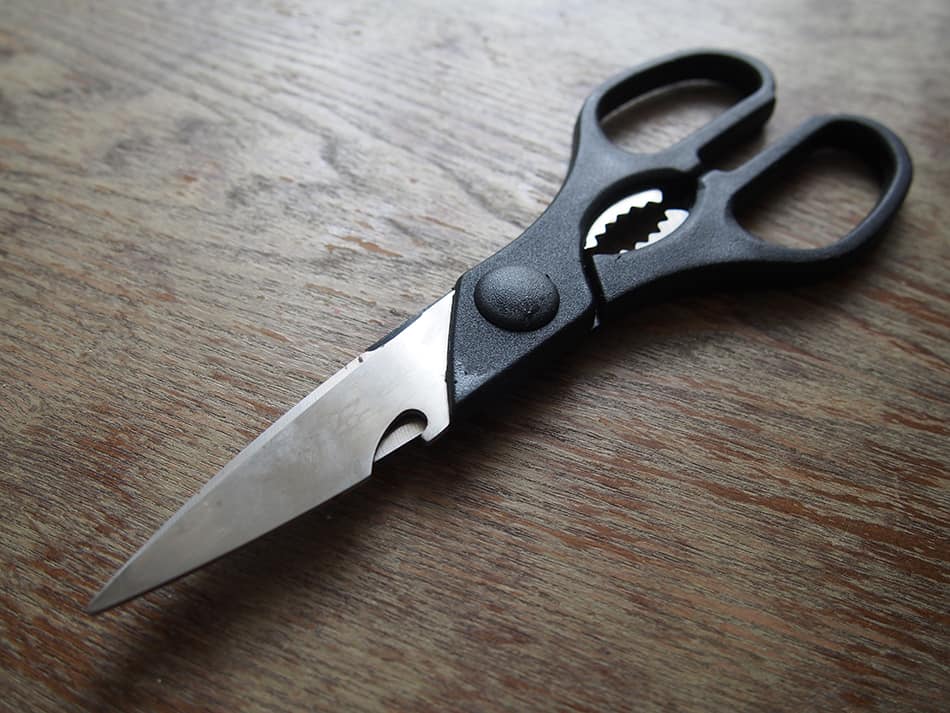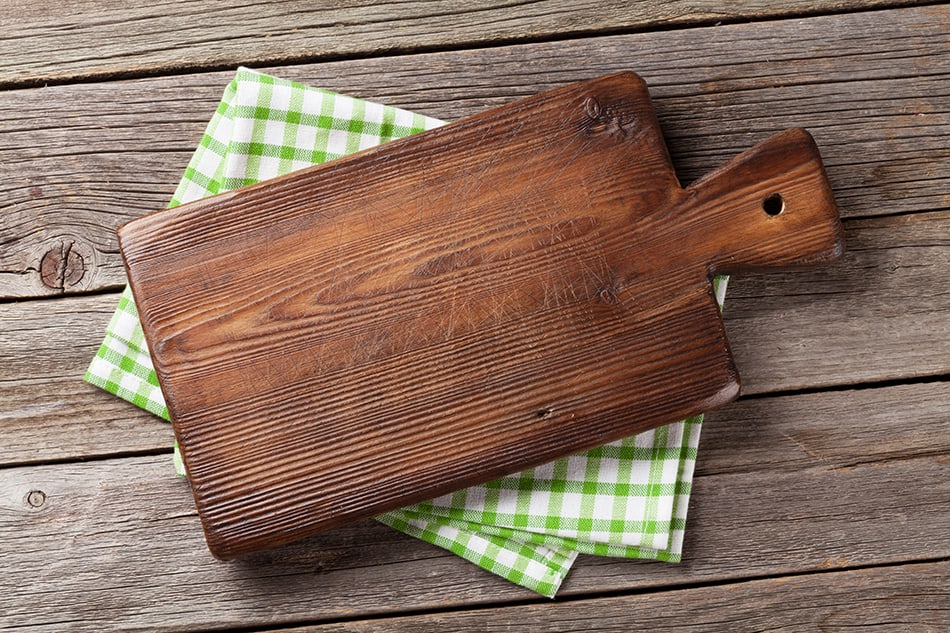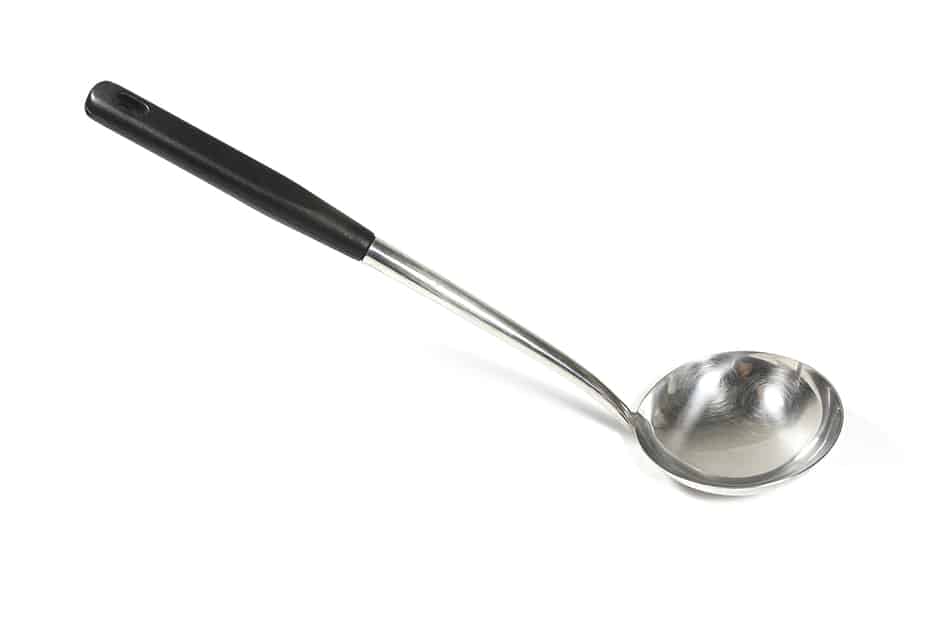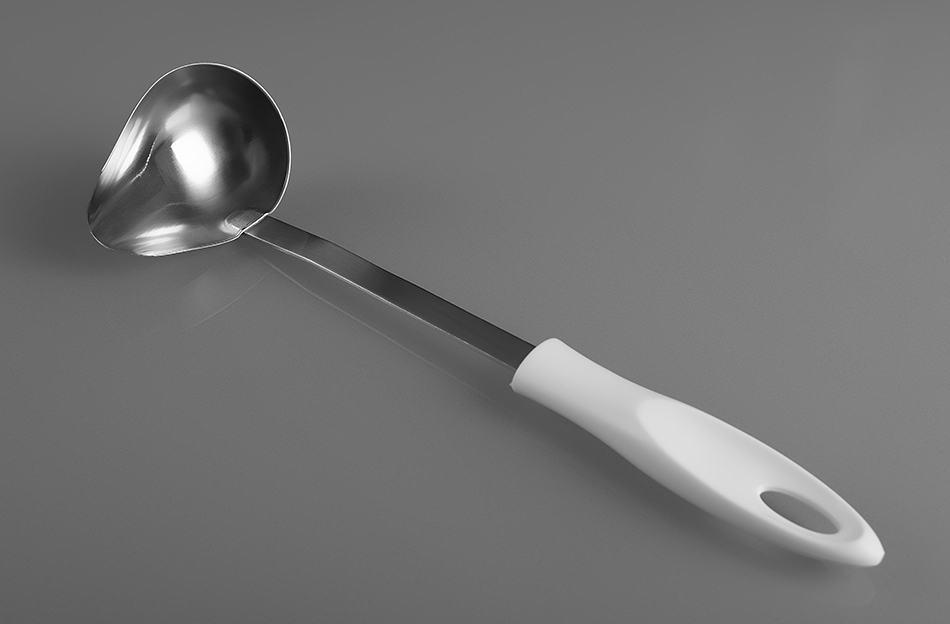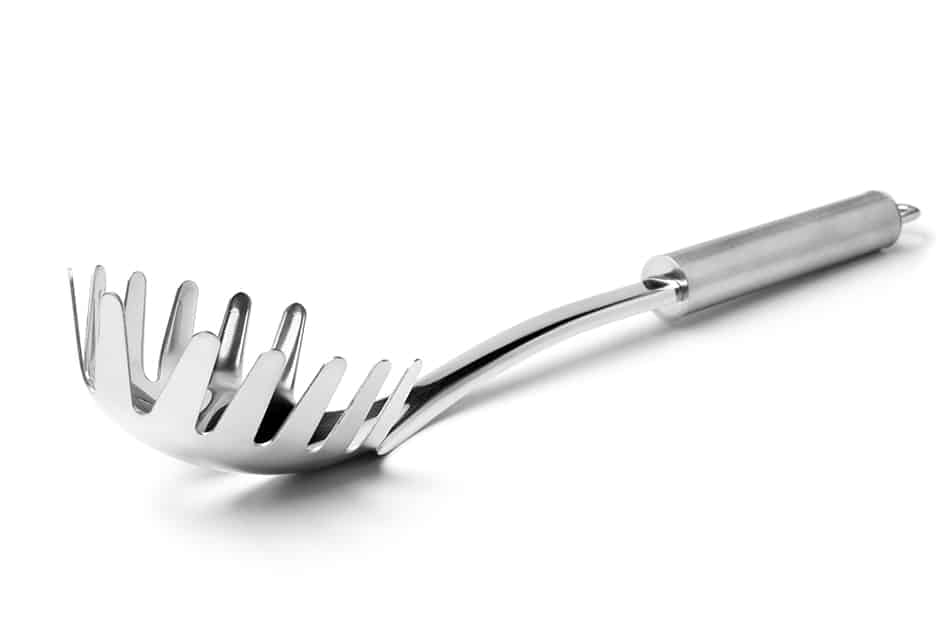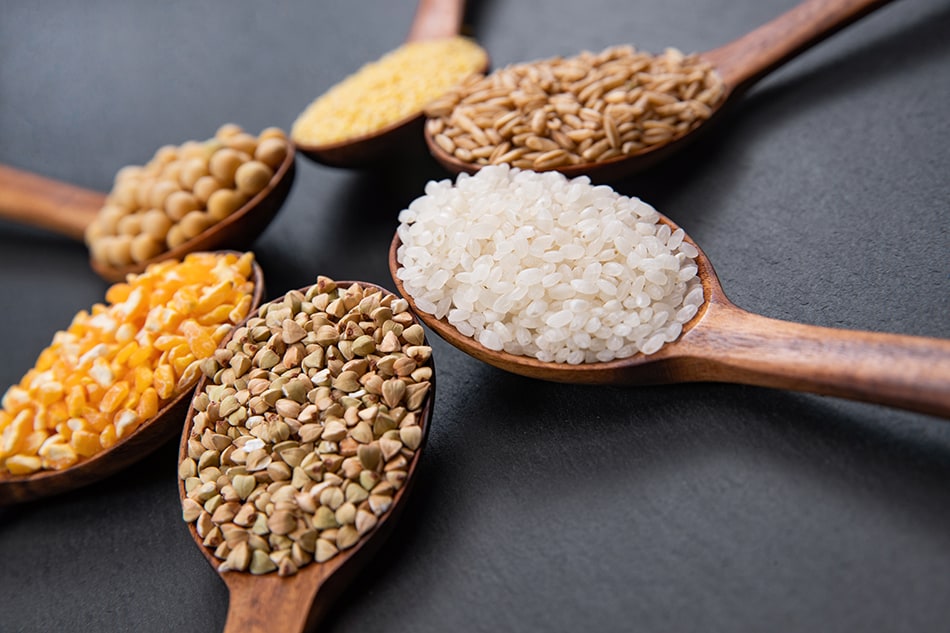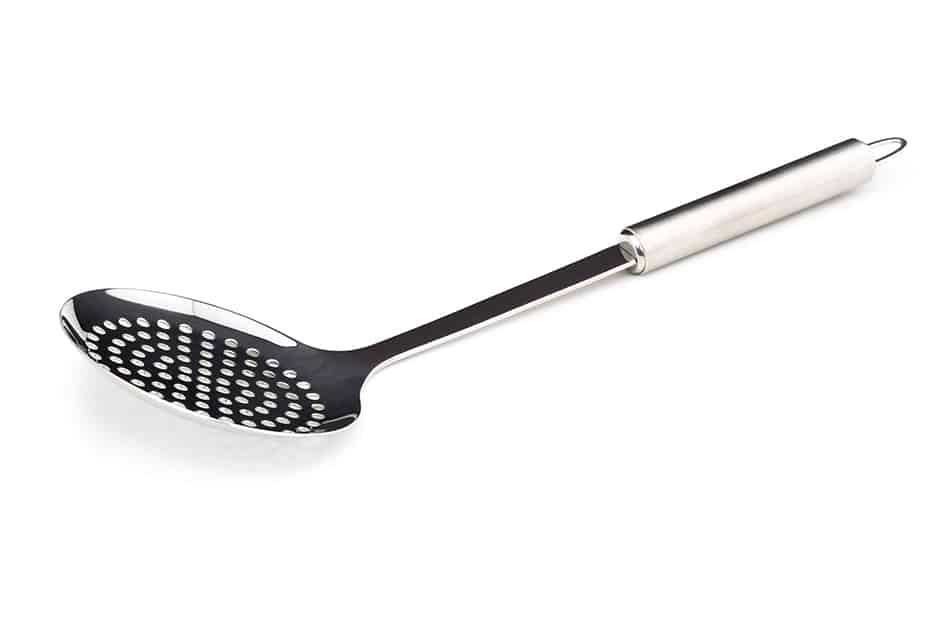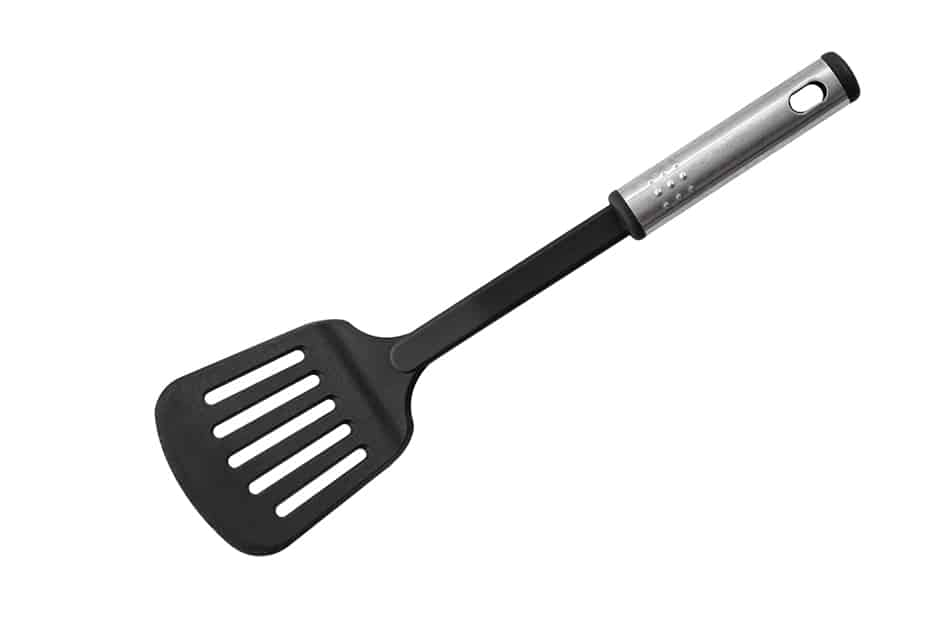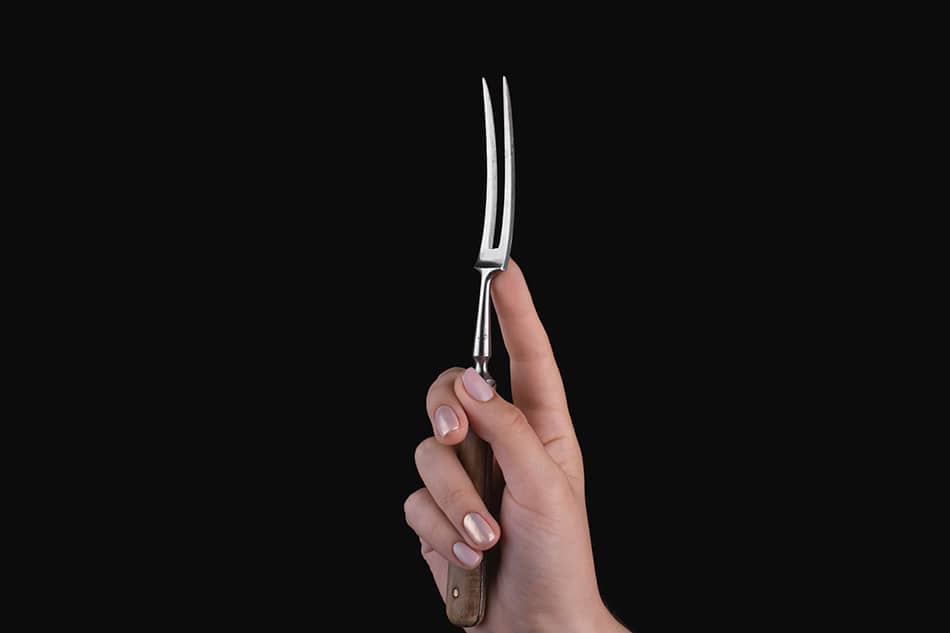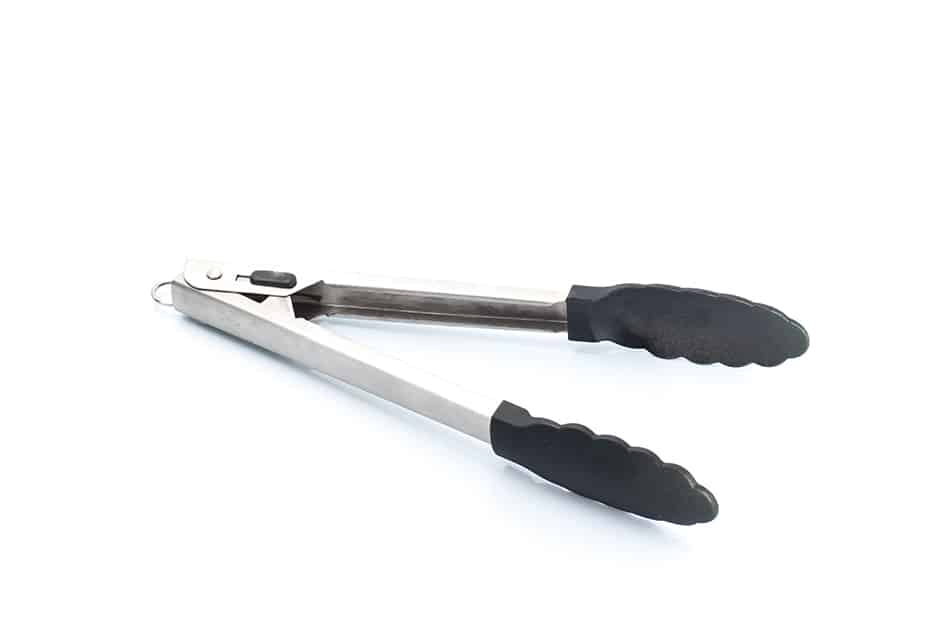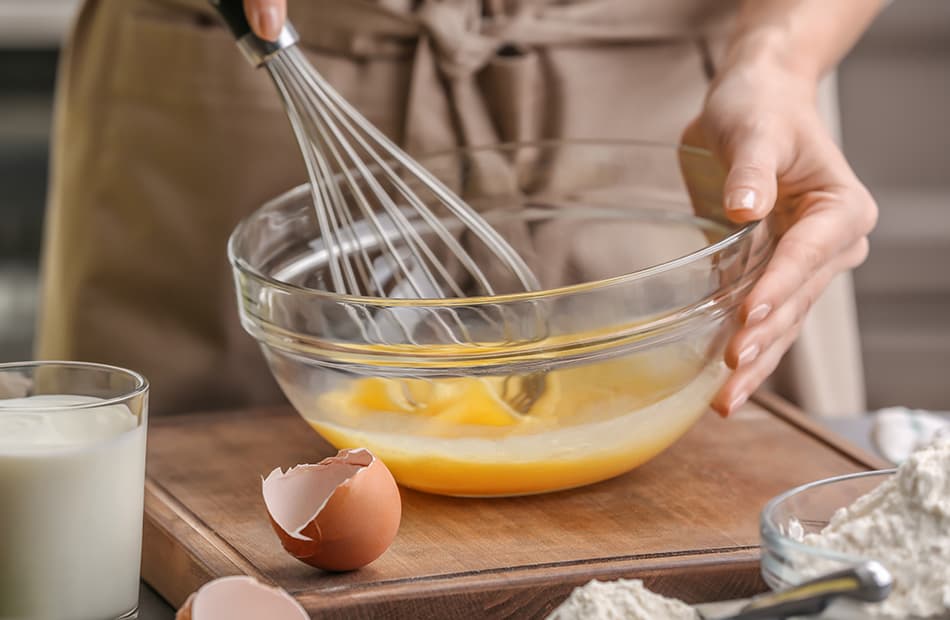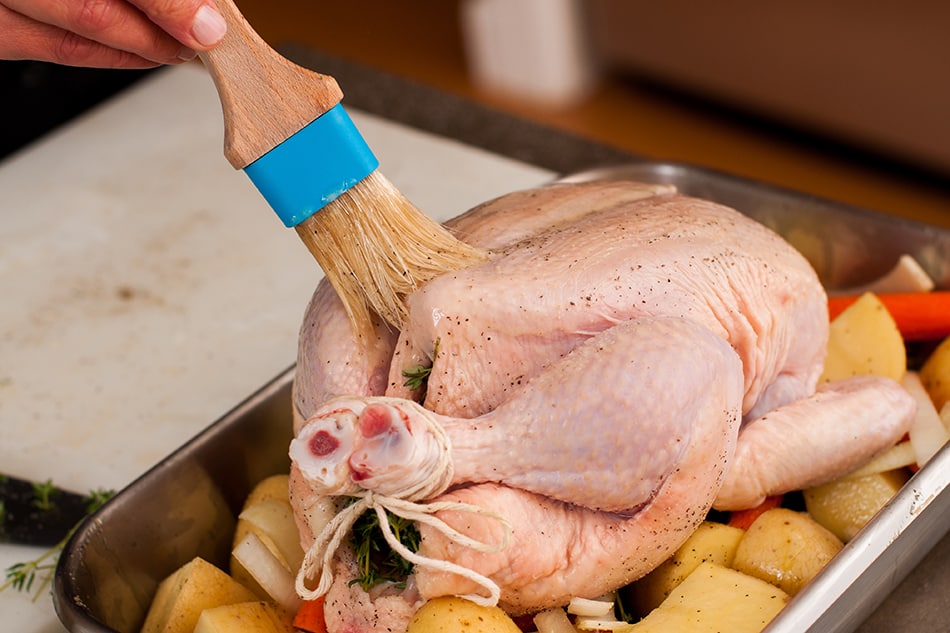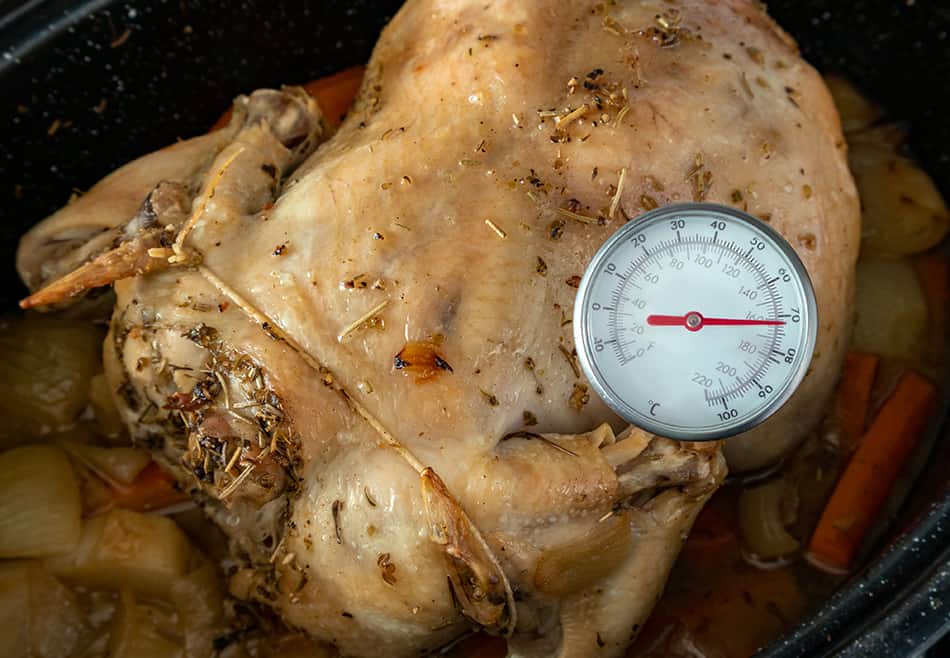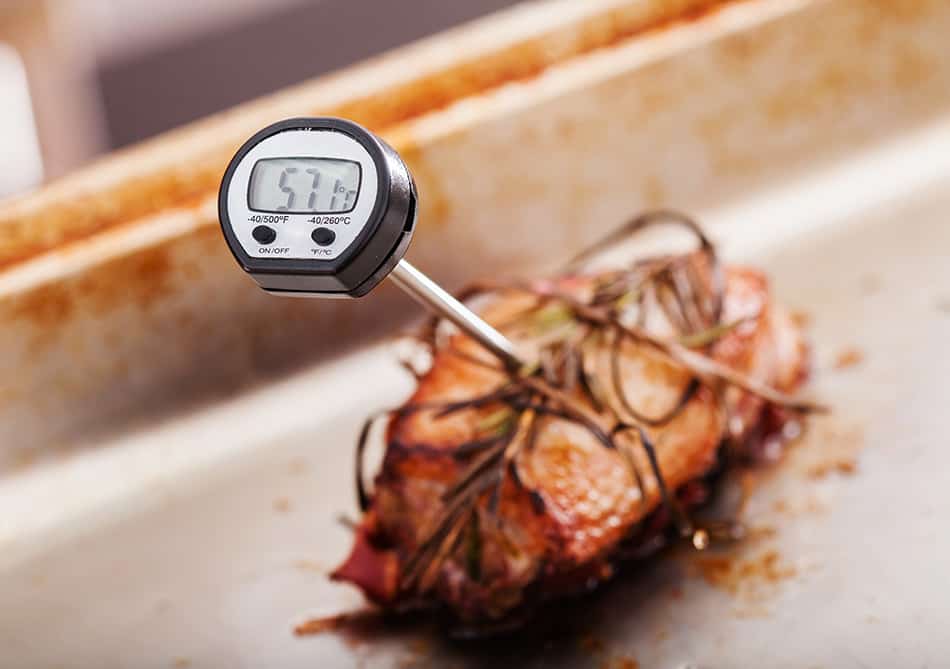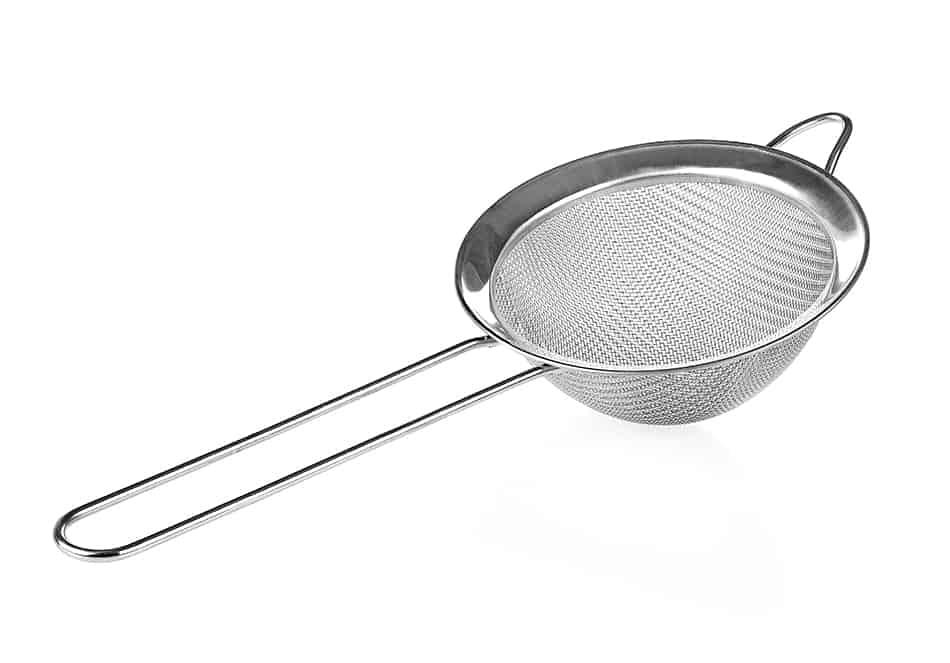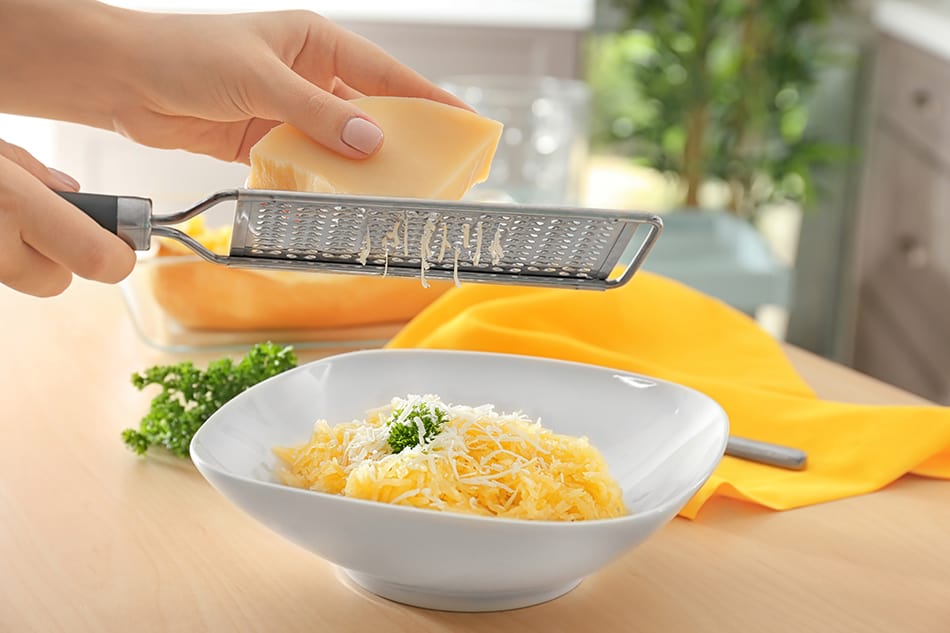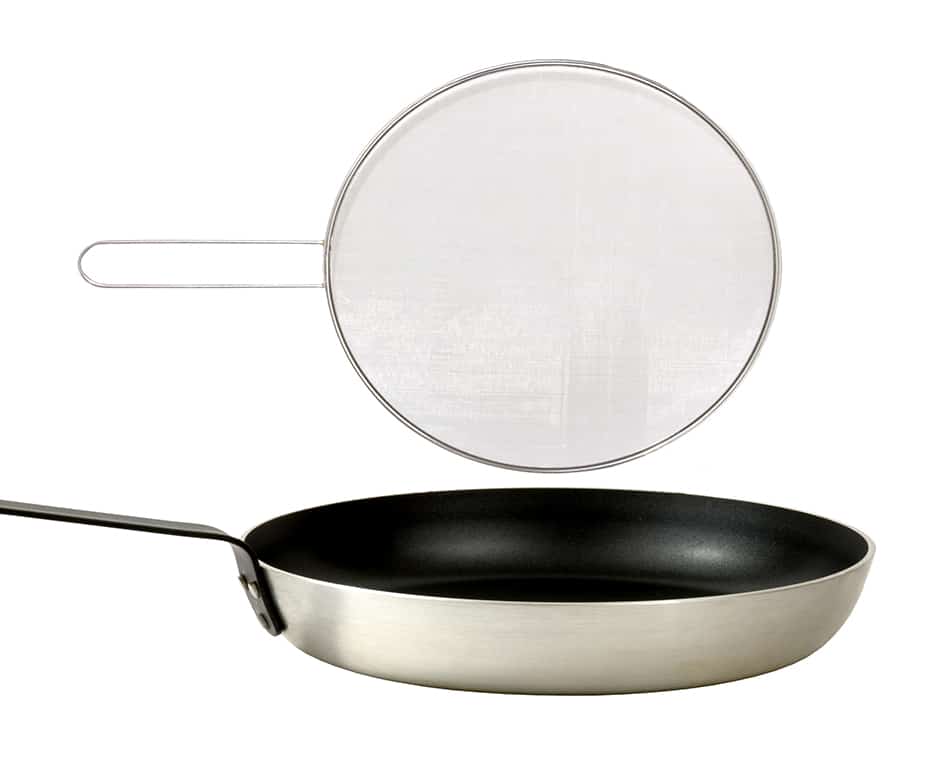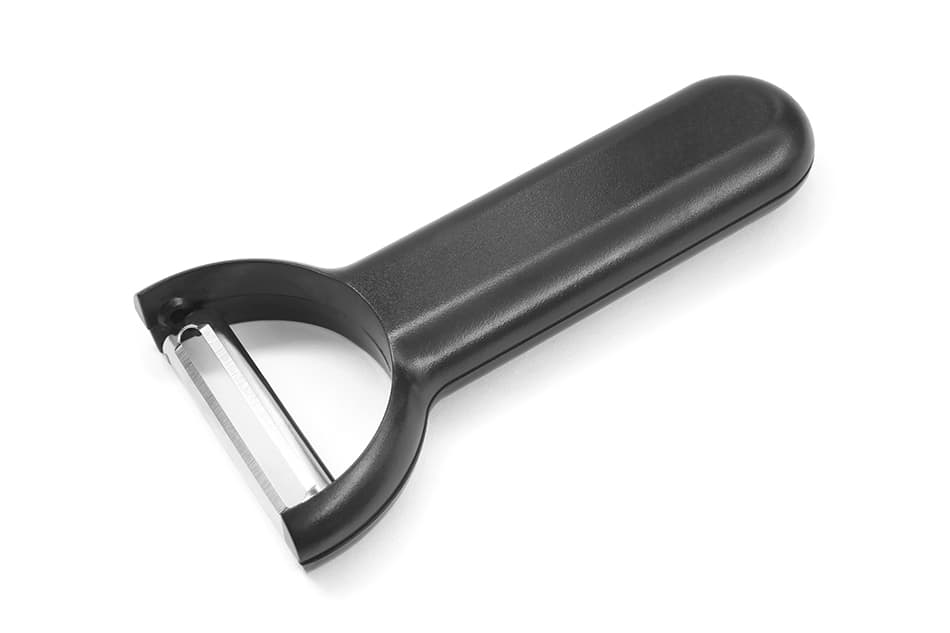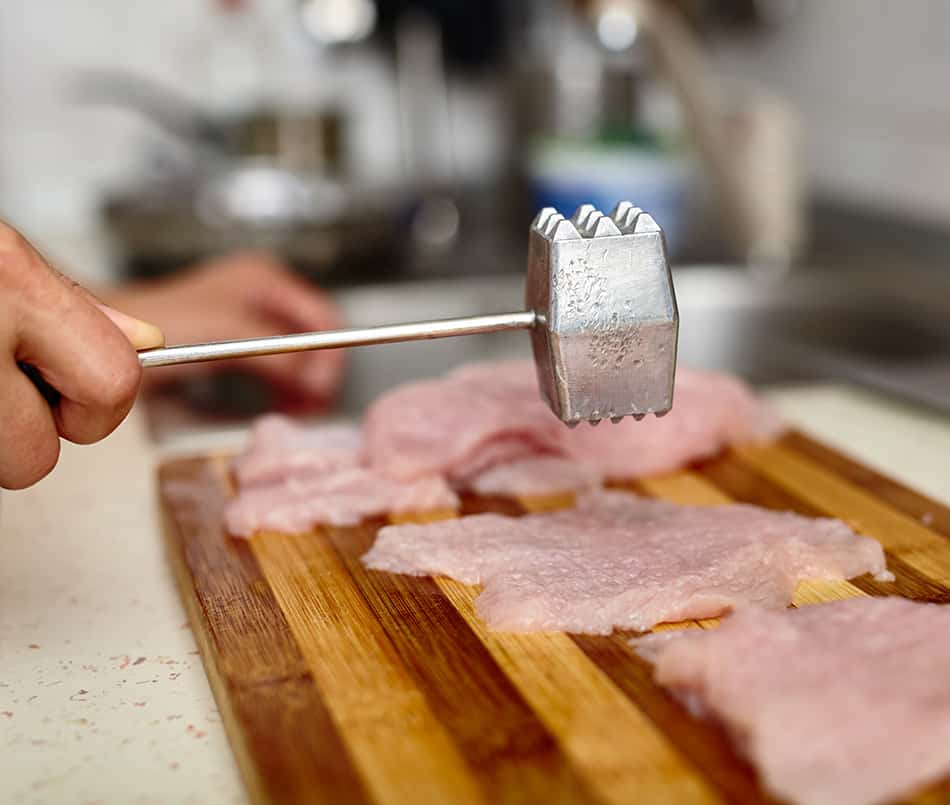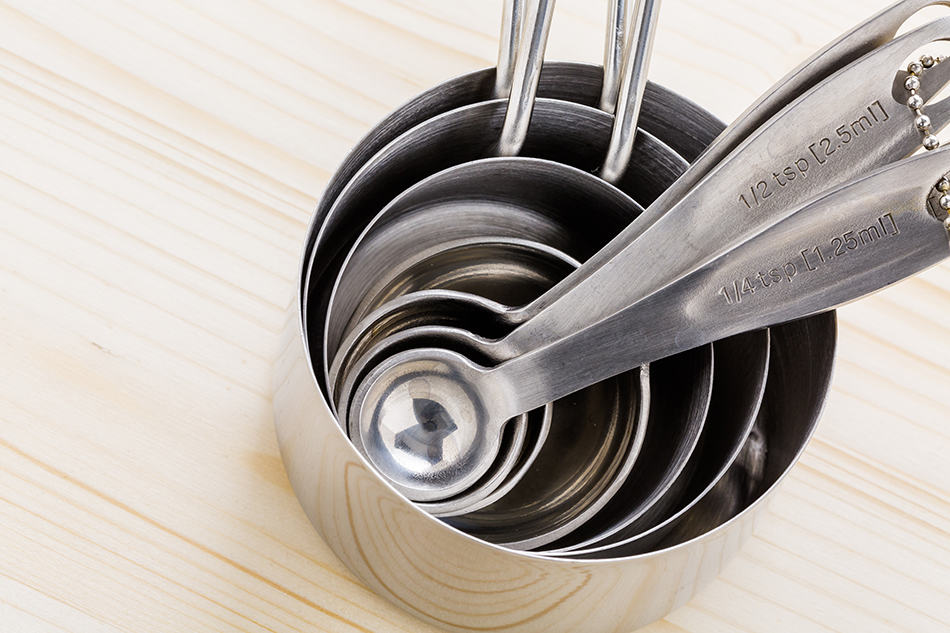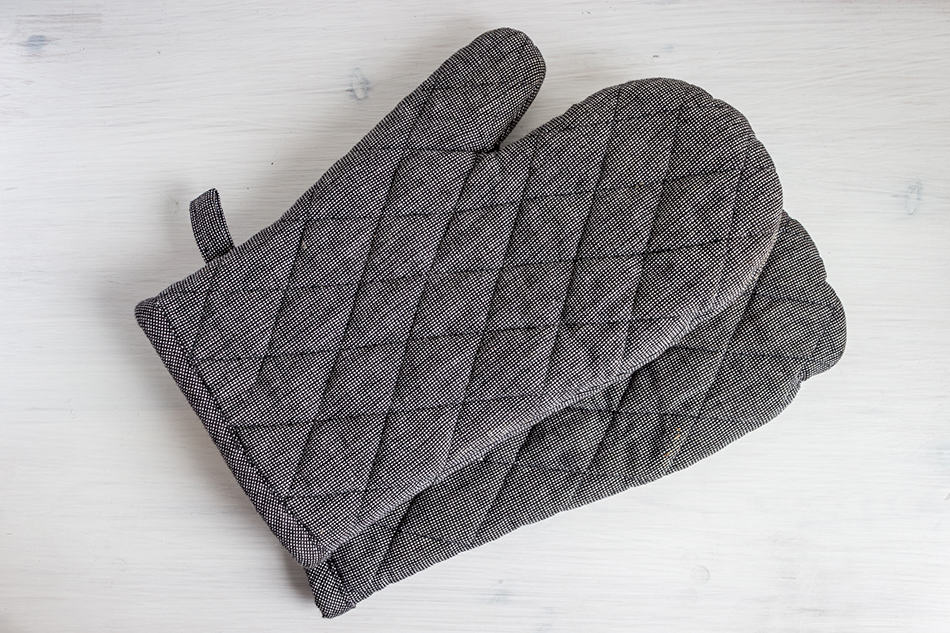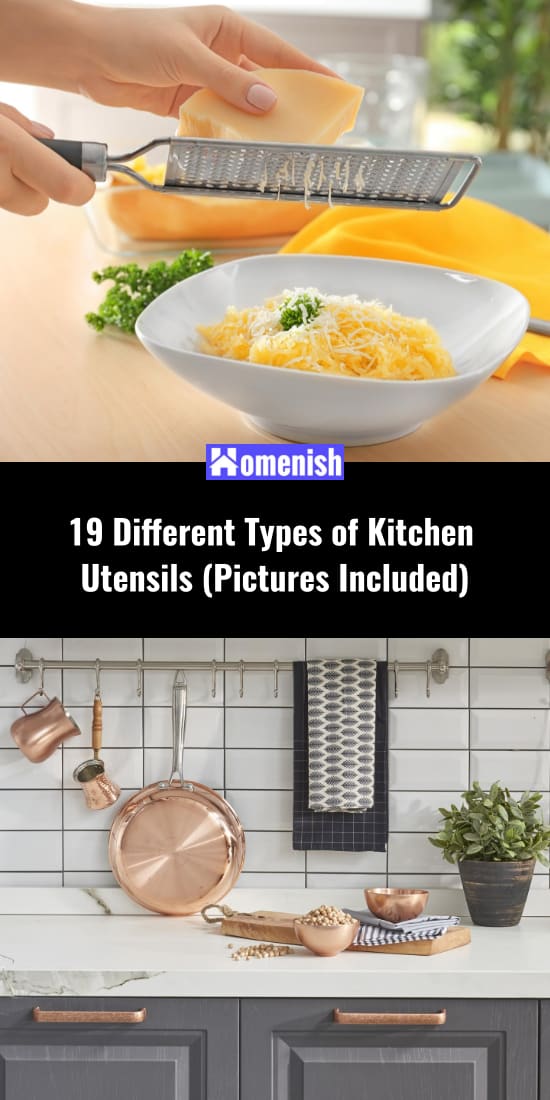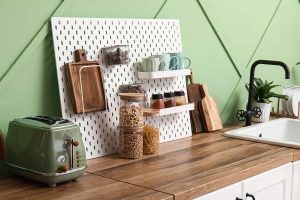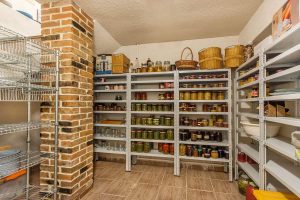Eating home-cooked meals will not only help you save some money. It can also ensure that you’re eating fresh and healthful meals. Fortunately, cooking is now a piece of cake because various kitchen utensils will help you complete your tasks quickly and with ease.
However, there are a ton of cooking tools on the market. The good news is that we can help you identify the various types of kitchen utensils, along with their uses. Through this, you’ll be able to pick the right tool for each cooking task.
What Qualify as Kitchen Utensils?
Kitchen utensils are hand-held tools used for preparing and cooking food. Some of the most common kitchen tasks are cutting, grinding, blending, mixing, and measuring.
Keep in mind that there are various types of kitchen utensils, and each type is used for a specific purpose. For example, a chef’s knife is designed for cutting large food into small pieces. A spatula, on the other hand, is used for flipping and moving food. The best part is that there is a utensil for every kitchen task; thus, you’ll be able to make or cook food quickly and with ease.
Types of Kitchen Utensils
Knives
A knife is one of the most essential kitchen utensils with a handle and a blade. This tool is often used in food preparation, such as chopping, cutting, slicing, dicing, and mincing food.
There are several types of knives, which include the following:
Chef’s Knife
A chef’s knife has a broad blade with a wide heel that narrows to a pointed tip. Because of its wide heel, this kitchen utensil can withstand the pressure of heavy-duty chopping tasks. As such, you can use it to slice thicker or harder foods, such as potatoes. Additionally, its curved blade allows you to rock it forward and backward on a cutting board, making it a great tool for dicing or cutting vegetables at once.
Paring Knife
A paring knife has a slim and short blade with a pointed tip, and it is often used for slicing or cutting fruits and vegetables. Because this tool has a small stature, it is easy to maneuver, allowing you to do delicate tasks, such as peeling and trimming, with ease.
Bread Knife
As its name implies, a bread knife is used to cut all sorts of bread, including baguettes, bagels, crusty pieces of bread, and bread rolls. Remember, this type of knife has a serrated blade that allows it to cut through soft textures without damaging them. Aside from bread, this kitchen utensil can also be used to slice cakes because it can cut through the cake without knocking out the air. As a result, the cake’s overall shape is maintained.
Serrated Knife
Like the bread knife, a serrated knife has serrations on its blade. The difference is that a serrated knife has less pronounced serrations. This feature allows the tool to act like a saw, enabling it to cut through cooked meat without causing damage. Typically, this kitchen utensil is used to cut roast, chicken, and turkey.
Butcher Knife
Also known as cleavers, a butcher knife has a rectangular blade, and it is the heaviest type of knife. Because this tool is heavy, it can cut through bones. As such, it is typically used to chop raw meat. Additionally, its rectangular blade can also be used to smash ginger and garlic cloves.
Boning Knife
A boning knife is a small tool with a thin blade and a sharp edge. These features allow the knife to make a cut around the bone without damaging the surrounding flesh. Plus, you can also use this tool to make special cuts, like fillets. Lastly, this kitchen utensil has a lightweight design. As such, you can use it comfortably and maneuver it with ease.
Knife Sharpening Steel
A knife sharpening steel has a long metal rod with a rough surface. To sharpen a knife, you have to glide the blade on the rough surface of the tool. The friction caused by the gliding will restore the blade’s sharpness. When sharpening a knife, the sharp edge of the blade should not be facing you. Through this, you can ensure safety.
Kitchen Shears or Scissors
Sure, you can use ordinary scissors to cut some foods; however, a kitchen shear or scissors is still better for preparing food. Compared to ordinary scissors, a kitchen shear is more robust. As such, you can use it to cut through tendons and small bones. With this kitchen tool, you can prepare food quickly and efficiently.
Cutting Board
Using your counter surface to cut food is not recommended. Instead, you have to use a cutting board. Remember, this tool is designed to take all the damages of a sharp knife. Additionally, it can also provide a place to prepare your food, especially if you use plastic cutting boards.
Always remember that wooden boards can absorb the juices of the food. As such, the cutting board becomes an excellent breeding ground for microorganisms. With a plastic board, you are ensured that bacteria won’t be able to penetrate it. Plus, it is lightweight and easy to clean or disinfect.
Ladles
A ladle features a long handle with a small cup at the end. Typically, it is used to serve liquid dishes and drinks.
This kitchen utensil has three types, including the following:
Soup Ladle
A soup ladle features a long handle (around 15 inches) with a big bowl-shaped head. In some models, the handle also has a pronounced curve or hook to ensure that the ladle will not slip into the pot or bowl.
The primary use of a soup ladle is for transferring soup from a large pot into individual bowls. Additionally, you can also use it for serving stews and beverages, like a punch.
Sauce Ladle
A sauce ladle has a similar appearance to a soup ladle. The difference between the two is that the sauce ladle is smaller, with a length of five inches or less. Because of its small size, you will be able to control the amount of sauce you’re going to place on top of a dish.
When buying a sauce ladle, it is recommended to pick a ladle with “pouring lips” on each side. The reason is that this feature prevents drips.
Pasta Ladle
Like a soup ladle, a pasta ladle has a long handle with a bowl-shaped head. The difference is that the head of a pasta ladle has teeth and a hole at the center. The teeth enable you to grab the pasta noodles with ease, while the hole drains the water. These features allow you to transfer the pasta noodles from the pot to a plate without causing a lot of mess.
Kitchen Spoon
Like a ladle, a spoon has a long handle with an oval or round-shaped head. Compared to a ladle, the spoon’s bowl-shaped head is shallow.
There are several types of spoons, which includes the following:
Basic Kitchen Spoon
A basic kitchen spoon is an oversized spoon, and it is used for stirring, mixing, and scooping food while cooking. This kitchen utensil can either be made with wood, plastic, or stainless steel.
Typically, a wooden spoon is used for cooking because it does not scratch pots and pans. Plus, it does not heat quickly to scalding temperature. Also, it doesn’t melt or leach strange flavors into your food. Lastly, it can also be used for mixing baking ingredients.
Slotted Spoon
A slotted spoon has holes at the center of its head, allowing you to drain the liquid while the spoon carries the food. Through this, you’ll be able to separate solid food from liquid. Plus, it allows you to check the status of your food without contaminating it.
When buying a slotted spoon, you can opt for spoons made of a heat-resistant material, such as wood. This feature will allow you to lift the food without burning your hand.
Spatula
A spatula has a handle with a flat and wide head. Because of its flat head, you can slide this tool under the food, enabling you to pick up and flip the food while you’re cooking. Aside from that, you can also use a spatula for stirring, spreading, and mixing ingredients.
Various types of spatulas can be made with various materials, including wood, plastic, metal, and silicone. Typically, metal spatulas are used for lifting and flipping foods. A silicone spatula, on the other hand, is used for spreading toppings and scraping leftover ingredients.
Kitchen Fork
A kitchen fork is a type of fork that features a handle and a head with two or more tines or prongs, allowing you to pierce and lift large chunks of meat. Additionally, you can also use fork for other cooking tasks, such as stirring, mixing, mashing, and carving.
Kitchen forks come in a variety of sizes. Typically, large forks have a length that ranges from10 to 20 inches, and they are used for cooking and carving meat products.
As for small forks, their length will range from two to three inches, and you can use them for mashing and mixing. Also, you can use this tool to check the tenderness of the meat and other foods.
Tongs
Tongs feature two pieces of metals joined together at one end, and they are used to grab, flip, or move food while you’re cooking. With this kitchen utensil, you can easily cook your food without burning your hand. Plus, it also prevents food contamination.
When buying tongs, it is highly recommended to choose a product with silicone tips. This feature can help prevent scratches. Additionally, silicone can withstand high temperatures, so it will not melt after repeated use.
Whisk
A whisk has a narrow handle with a series of wire loops that are joined together. Its main function is to blend liquid ingredients smoothly while adding air into the mixture. Aside from that, it can also be used to emulsify ingredients, like oil and vinegar. With this kitchen utensil, you can mix liquid ingredients quickly and efficiently.
Most whisks are made from stainless steel because this material doesn’t rust easily. Whisks with silicone handles are also preferred because they are easy to grip, even when your hand is greasy or wet.
Cooking or Basting Brush
An ordinary paintbrush can be used for cooking; however, you’ll notice that its bristles are separating or melting after a couple of uses. For this reason, cooking or basting brushes are preferred because they can withstand high temperatures. Plus, they are easy to clean.
Typically, a silicone basting brush is used if you’re going to apply sauce on the meat while cooking. A pastry brush, on the other hand, is used to apply glaze on delicate doughs.
Kitchen Thermometer
A kitchen thermometer is a device used to measure accurate temperature. In general, this tool is used to determine the doneness of meat.
There are various kinds of kitchen thermometer, including the following:
Instant-Read Thermometer
An instant-read thermometer provides an instant reading of the temperature of food. As such, you can use it to test the doneness of meat and other poultry products; however, you can’t leave it on the food during the cooking process. So, you have to remove it after checking the temperature.
Aside from checking the doneness of meat, you can also use this type of thermometer to measure the temperature of food in a chafing dish. Additionally, it can also be used for determining how fast a sauce or soup is cooling down. Through this, you’ll be able to prevent the growth of bacteria.
Meat Thermometer
A meat thermometer is similar to an instant-read thermometer. The difference between the two is that you can insert a meat thermometer into the meat, and leave it there throughout the cooking process. As such, this kitchen utensil allows you to monitor the temperature of food by simply peeking on its large dial.
Colander
A colander is a plastic or metal bowl with perforations. This utensil’s perforated nature allows it to drain the liquid and retain the solid food inside the bowl. Aside from that, you can also use this tool to drain the water after rinsing your vegetables.
Grater
A grater has sharp protrusions or perforations that can shred large food, like vegetables and cheese, into tiny pieces quickly and safely. Typically, a grater with large perforations is used to grate cheese. A mini-grater, on the other hand, is used to produce finely grated food, like the zest of citrus fruits.
Splatter Guard
A splatter guard is a mesh placed over a skillet or frying pan to prevent food or oil splatters. Remember, hot oil can stain your stovetop, and it can also cause burns if it lands on your skin.
When buying a splatter guard, you should opt for a product with fine mesh. It should also be sturdy and able to stand on its own. Lastly, it should be easy to clean.
Peeler
A peeler features a rigid blade attached to a handle, and it is used to remove the outer skin of a fruit or vegetable. Also, some peelers come with a swivel blade that enables you to follow the shape of the food. Finally, this tool also has a pointed edge, which you can use to gouge out the blemishes in fruits and vegetables.
Kitchen Mallet
A kitchen mallet looks like a hammer. The difference is that a mallet has two sides, including the flat side and the spiked or textured side. The flat side is used for hammering food. For instance, you can use it to soften frozen foods. The textured side, on the other hand, is used to tenderize or soften meat products without bruising them. Because of this feature, marinades and juices can penetrate the meat easily.
Aside from tenderizing meat, a kitchen mallet can also be used to open nuts, mince garlic or ginger, and grind peppercorn.
Bunker Can Opener
A can opener is an essential kitchen utensil, especially if you often use canned ingredients or eat canned foods. Using this tool is simple. The first step is to puncture the can’s lid. From there, the tool’s serrated wheel will cut the lid as you turn the key.
Measuring Cups and Spoons
Measuring cups and spoons are vital tools because they will allow you to get accurate measurements of your ingredients. So, if you follow recipes, these kitchen utensils are a must.
Oven Mitts
Oven mitts are insulated mittens or gloves that can protect your hand from hot objects. Because you’ll be moving pans and pots during the cooking process, a pair of oven mitts is necessary to prevent burns.
When buying oven mitts, you should opt for an easy-to-clean and high-heat resistant product. Additionally, you should also choose one that is comfortable to wear.
